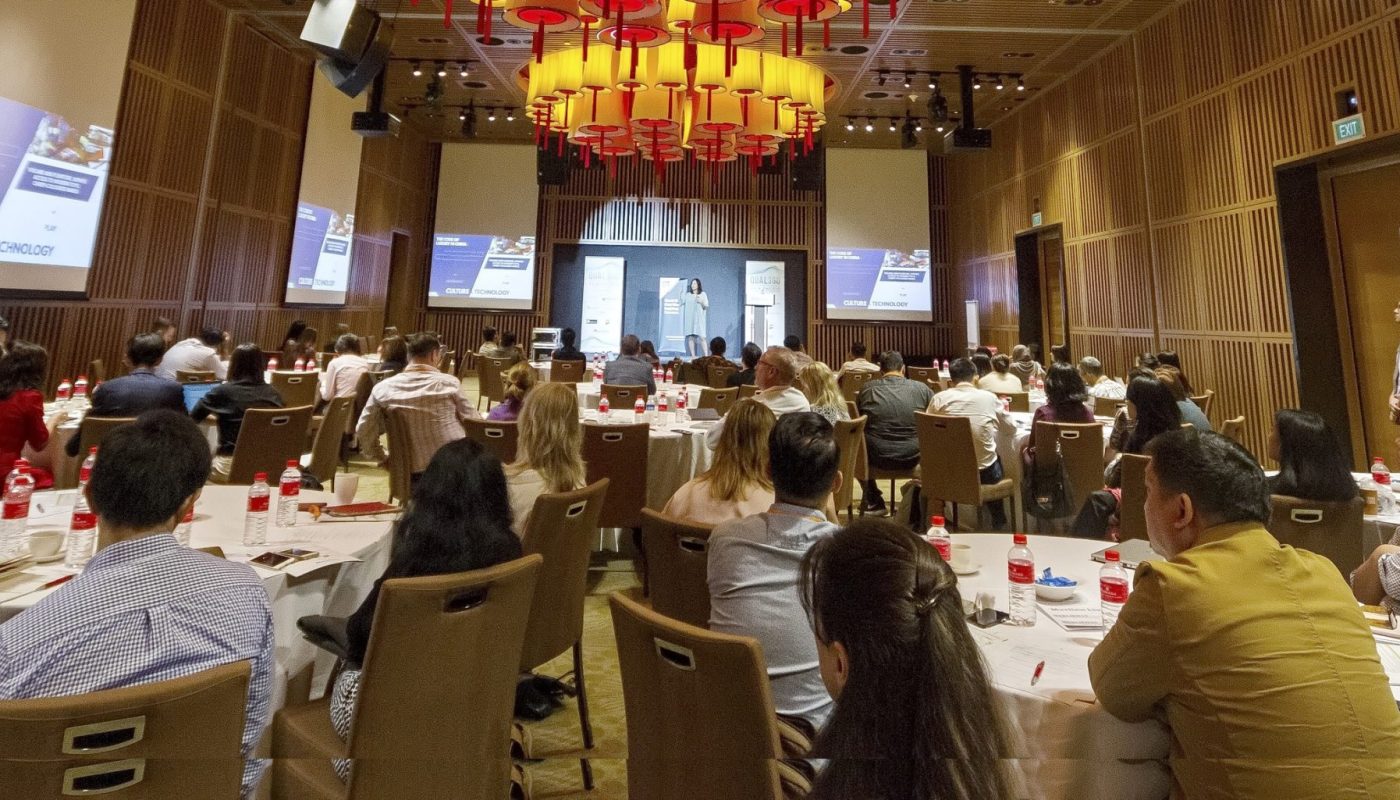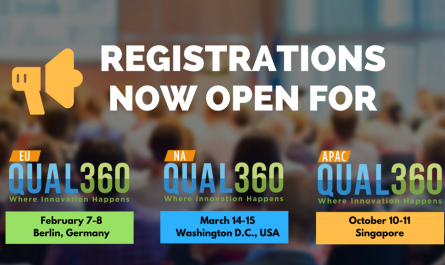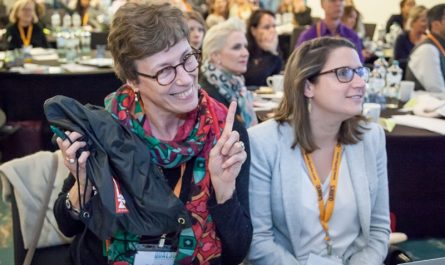In a recent post, I wrote that qualitative research is not only alive and kicking, but also has seen a lot of growth in 2016. If the latest Qualitative360 conference in Singapore is any measure, this can definitely be confirmed. Not only was the 7th annual conference attended by a record number of delegates, but it also saw strong client side participation, showing that more and more clients realise the value that qual can provide for their business.
Innovation through Qual
General Mills India doubled the sale of its newly launched “cooker cakes” in just three months. How? The company set out to identify key barriers that prevent consumers from making cake at home and created a product to tackle these. By creating a cake that can be made using traditional cooking equipment – and cooking methods, the company removed two important barriers.
 In an entirely different segment, Lego used digital qual to understand consumers’ purchase behaviours. By closely following the online shopping journey, the company not only learned to better understand consumer decision making processes but also that online shopping is often not done alone, with the partner shaping, or even making, purchase decisions.
In an entirely different segment, Lego used digital qual to understand consumers’ purchase behaviours. By closely following the online shopping journey, the company not only learned to better understand consumer decision making processes but also that online shopping is often not done alone, with the partner shaping, or even making, purchase decisions.
Cahyatama and Unilever explored how brands can help to improve consumer sentiment during an economical downturn. In a year-long study, Indonesian consumer attitudes were analysed through multiple methods. This lead to a clear understanding of emotions as well as cultural values which in turn shaped product and campaign planning.
Innovation in Qual
The range of qualitative methods and techniques keeps expanding, thanks to the innovation excellence of the market research community and the adaptation of new technologies. Video is becoming a common stable in the MR tool box and sophistication about the use, analysis and presentation of results is growing. Newer technologies like eye tracking, online/mobile communities and psycho-physiological data collection add to the increased accuracy of results.
Technology however is not the only driver of innovation. Firefly, Kantar Millward Brown’s qualitative research practise introduced Consumer Theatre. This interactive research, based on improvisation theatre, presents a unique way of gathering insights while putting the researchers and respondents into the heart of the action. Developed together with Chicago’s famous The Second City improv theatre group, this new method aims at uncovering insights through humour, inspiration and entertainment.
Even century old traditions like Tarot cards are finding new uses in qualitative research, relying on the intercultural capabilities of the Tarot symbols to facilitate recall and measure brand awareness. A brilliant study by Intage Japan demonstrated how Tarot symbols can even overcome cultural barriers by drawing on respondents’ natural understanding of symbols that is shared across cultures.
Un-qualing the Qual
The title of the presentation from Nielsen and Unilever can also be seen as an underlying theme for the first conference day. Qual as come out of its niche and is increasingly seen as an important tool of any research portfolio. New technologies such as Krealink’s online communities make qual research fast, affordable and agile.
Interesting enough it was mainly the participating clients who made it clear that the boundaries between qualitative and quantitative research are slowly disappearing. While each retains its own unique set of tools, the change in data collection, processing and also content gathered through social media, online chats, passive listening and other channels calls for a new, more integrated, interdisciplinary approach to research analysis.
Big Data meets Qual
In a joint presentation between a qualitative and quantitative expert, the NTF group picked up on the above discussion. In times of big data, qualitative is important to explain the why. In order to tackle big data efficiently, both disciplines need to work closely together to ensure accuracy and quality.
Tata’s Pankaj Jha drove home the point, highlighting how he uses qualitative approaches to find “oddities and incomprehensibles & outliers “ in big data to better understand the customer behaviour derived from Tata’s Teleservice customers.
What else have we learned at Qualitative360? In China you can now download an app to watch someone eating noodles so you don’t eat alone. Surely the better option is to join our vibrant Qual360 community.
Your next chance to learn, discuss, laugh and network is at Qualitative360 Europe, February 15&16 in Amsterdam. You won’t eat alone!











 by
by 


